|
Small, steaming stalls surround a central area of Formica tables and plastic chairs, quickly filling up as evening approaches with groups of friends and families. Buckets of ice with bottles of beer are ordered and brought to the tables from the drinks stalls by waitresses, then dishes are selected and paid for from your vendor of choice and your table number given. Simple, no-fuss, fast, delicious, sociable and great value… welcome to hawker food eating in Malaysia. Hawker centres in Malaysia are essentially permanent collections of street-food stalls, normally in an open-air complex, with communal tables. A wonderful diversity of nationalities, culture and religions in Malaysia has resulted in a fusion cuisine which boasts some of the world’s best street food. Extensive menus seem to defy the limited space and basic set-up of each makeshift food outlet, staff whirl round in a cramped space; barbequing meat, draining steaming noodles, tossing unidentified morsels in sizzling woks and stirring huge vats of bubbling soup. Bowls of raw ingredients are lined up and meticulously displayed on the stall fronts; cubed tofu, black mushrooms, sliced raw vegetables, squid rings, dumplings, prawns, shellfish, gelatinous noodles and chopped crab sticks. Our big, empty table at the CF night food court in George Town, Penang Island, was soon filled with a laughing group of local friends, who quickly included us in their beer-top-ups as bottles of cold Tiger flowed continuously. Chatting to them, they said they came to the food court every week, preferring the laid-back atmosphere and bustle to more formal restaurants. The beers washed down plates of Char Kuey Teow; greasy, thin stir-fried noodles topped with egg, prawns, spring onions and beansprouts and wrestled with chopsticks. Three young cabaret singers belted out pop covers from a round, glittery central stage, pausing every time the electricity cut out then starting each tinny, rhythmical ballad from the start once the power surged back. On another evening in George Town at the Red Garden night food court we tried Penang’s signature dish of Assam Laksa, a pleasantly pungent, fish-based soup with sour Tamarind and noodles, chilli, cucumber, lemongrass and prawn paste. In Kuala Lumpur’s Chinatown, we sampled Nasi Kandar, an Indian-influenced rice dish topped with different meat, seafood, vegetables, with a speciality being fish head curry. An array of oily, spectacularly spicy, chilli-infused dishes are laid out to choose from, then added to light, fragrant rice. For breakfast, find a small space on a street bench for Roti Canai, delicious fresh, puffed flatbread served with a dish of spicy lentil Dhal and a mug of sweet, milky chai. In the Bukit Bintang area of Kuala Lumpur the street of Jalan Alor heaves on both sides with bustling restaurants, stalls and pop-up eateries. Crowds of locals and tourists perch on plastic stools around pavement tables. Sticky jack fruit is sliced into finger-licking pieces, tiny stalls crammed with piles of Kuih Kosui banana-leaf wrapped sweet coconut dough parcels and no-nonsense menus of dim sum and fried fishcakes line the walkways. From our shared table at Wong Ah Wah eatery we people-watched and picked at Batu Maung Satay, a selection of different grilled meats on thin bamboo sticks dripping with a rich, thick peanut sauce. Not just a means of satisfying your hunger, Hawker centres are an entire experience of food and friends as you rub shoulders with fellow diners and enjoy a whole menu of weird and wonderful new snacks and dishes.
0 Comments
My hands-down (hands-in!) favourite feed in India was the Thali. These ‘set meals’ were always the best value and represented an assortment of typical, local food of the area, varying enormously between states and regions. Thali’s were always the most popular choice in cafes and restaurants so you were eating the freshest food, albeit often a mystery as to what would appear on the table in front of you. Thalis are incredible value, in Thokkilangadi, Kerala, we paid the equivalent of 45p for a Fish Thali, with as much as you could eat. The word ‘Thali’ can be translated directly as the Hindi word for ‘plate’ or ‘tray’, on which the set meal is served. The only choice you generally have is Veg, Fish or Non-Veg, with vegetarian being the most common. As everything is prepared and bubbling away in huge pots in the kitchen, your meal is presented in minutes. The meal is like a colourful, symmetrical, work of art; sometimes the selection of curries and dahls are ladled into small, round, individual, metal bowls, sometimes piled carefully directly onto a round metal tray or banana leaf, occasionally into pre-formed plastic trays. On the side, pickles, chutneys, sauces, salad, salt, fresh chillies, onion and yoghurt raita are carefully placed. Some Thalis include a desert also, a tidy portion of syrupy Gulab Jamun, sweet semolina rice, ice-cream or sticky Jilabi. If you’re hungry, the Thali is a delight as once you’ve emptied one small bowl, it is re-filled; in busy restaurants men with narrow metal buckets filled with Sambar, Dahl and Curry fly round the floor ladling out top-ups to every table. Cutlery is not an option, locals expertly mix the components of the Thali together with deft fingers- food unanimously tastes better when eaten by hand. Variations are endless, in the south rice is a more common accompaniment whereas breads feature more heavily in the north. Thali’s reflect the wide-ranging cuisine of the country, coconut-based down south with fish, and creamy, meaty curries in the north, every time is a surprise and a delight with no tough menu decisions to be made.
Here is a summary of some of the minor pieces of equipment we carry that are so useful on a daily basis we now couldn’t imagine adventuring without them. At the start of any trip it’s difficult to know exactly what to take when you have limited space and budget but as this list of little gems proves, it’s often the most basic, cheap and unassuming objects which are the most ingenious, utilised and valued. The Red Basket
Pegless Elastic Washing Line
'Baby Legs' Torch
Cargo Net
Sticky Back Velcro
SPOT Locator
Sink
Knife, Fork and Spoon Set
Diesel Stickers
Galileo Pro Maps App
Key Lanyard
Paper Fan
Sunglass Case Multi-holder
Thermometer
Torches
Vegetable Bags
Arriving at 5am in pitch blackness, I followed the mist-shrouded path by torchlight, the sound of singing greeting me as I opened the church doors and stepped inside. Jikheti Church, hidden in the dense forest hills of Georgia’s Guria region, was atmospherically lit by candles. I assigned myself a high-surrounded wooden pew at the far side; a prime front row view of proceedings but possibly one above my rank as I then noticed the younger nuns perched uncomfortably on small hard stools at the back. Nuns shuffled around the church in black robes and veils. Relieved at my foresight to wear a headscarf, I hadn’t predicted the unsuitability of combat trousers so was kindly issued a wrap-around skirt for decency (coincidentally in Khaki which complemented the adventure chic look). My inner feminist silently protested that the man also in attendance was wearing ill-fitting, tatty sportswear trousers which surely any god would find more offensive. I was also wearing two pairs of pyjama bottoms underneath said trousers, less of a respectful gesture and more because a stone church in the Georgian foothills at 5am in April is not the warmest of places to be sitting for long periods of time. Candles were glowing from underneath portraits of saints adorning the walls, causing the gold paint to shimmer and halo’s to glitter. As nuns and monastical congregation members entered the church, they would genuflect towards the altar then kiss and place their foreheads gently on several framed portraits and the carved wooden panelling. A nun stooped over a wooden lectern and unwaveringly recited verses from the bible, barely pausing for breath and reading each line perfectly and melodiously by candlelight. Similarly, nuns sat around the room followed the words unfailingly by the flickers of their delicate beeswax candles. A deep, man’s voice boomed from behind a carved white stone altar piece at the front of the church, immediately followed by a beautiful melodic singing from the nuns, the church echoing with their harmonious response. I copied the nearby nuns and stood up politely during this recital however, now the foremost person, I was not able to see when I should sit down again so subtly strained a look from the corner of my eye and listened for the creaking of wood as pious bottoms rested back on benches. Nuns ushered around the shadowy room, busy with lighting candles, appearing from hidden nooks behind concealed wooden panel doors. A table was carried by two younger nuns into the centre of the church and items of food were carried through the heavy doors and arranged neatly on top. Large loaves of bread, cake, bottles of oil, flasks of water, jars of preserved apricots and a bottle of wine (too early surely, even for me?). I assumed this was a ‘breakfast blessing’ as more thin beeswax candles were arranged on top of this sanctified buffet, conveniently wedged into bread rolls. The faint blue light of dawn appeared through the arched windows of the dome high above, dimly illuminating the encompassing fresco of Jesus with arms outstretched. Simultaneously, a chorus of birds began their own early morning celebration to the end of night and arrival of day. The simultaneous songs of praise, both spiritual and natural, strangely complemented each other in chanting and chirping unison. A younger monastic helper appeared from behind the altar hideaway first, the trim on his dark robes reflecting brightly like a high-vis safety vest in the half-light. He was followed by clearly the master of ceremonies, the ‘voice from the vestry’, a priest with a huge white beard, veiled hat and billowing cloak of pearlescent white. He swayed a grand silver incense burner, shaking high-pitched bells in time to each swing, and wafting clouds of surprisingly sweet and floral smoke behind him. He passed round the small congregation, waving fragrant vapour over each individual. I bowed my head on his approach but, curious for a close look at this wizard-like minister, I glanced up and caught his eye; he met my gaze curiously and sternly and I’m sure I received twice as much holy smoke as everyone else. The high priest stepped out of both church doorways and wafted the incense smoke into the cold, foggy morning air. He then retreated back into his sealed off sanctuary, through another concealed door of a life-size saint painting. An older nun approached the altar carrying a large book and, skilfully balancing a candle at its corner, dutifully recited several passages. The loud bells from the tower above rhythmically chimed bong… bong-bong… bong… bong-bong, joined in a unified chorus by a rhythmic shaking of ceremonial bells. Reappearing once more, the younger assistant carried a heavy wooden lectern to centre-stage and the high priest began reading from a thick book. After two mesmerising hours I slipped out of the side door when, almost ready to hit the road, Nino, a nun who spoke English, came to our camp outside and kindly invited us for breakfast. A table had been lovingly laid-out specially for us; the nuns follow Jerusalem time so were not due to eat for another couple of hours. The dining room contained long, wooden tables and benches, the surrounding walls beautifully painted with religious murals including an entire wall behind Andy depicting the last supper. I consider myself a spiritual person in a non-religious way, personally a resolute non-believer in higher beings of creation and afterlife. I am however always emotionally moved by services of worship and forever fascinated by the peaceful beauty, ceremony and traditions of churches, mosques, synagogues and temples. To witness this daily dawn ceremony of worship, duty and servitude was a privilege. To be welcomed to stay and share breakfast with these, often mysterious and isolated, female monastical communities, was an absolute honour and a memory I will cherish forever.
A lasting memory of Armenia will be the warmth of the people we met there, we were welcomed so many times into people’s homes and spent many memorable hours sharing food, wine, cognac and oghi (the latter not so many memories of!). On one misty morning, we set off from Kapan for a days adventuring with our new friend David in the mountains of southern Armenia’s Syunik province. We explored the villages and landscape of Shikagogh nature reserve, a beautiful, remote expanse of 100km2 of untouched forest. We stopped in tiny Tsav village and were welcomed by David’s brother in law and his family to join them for lunch. We were met with a feast of local specialities and homemade dishes including Zhingalov Khats baking on the hot metal of the wood-burning stove in the living room. It was a cold, grey, drizzly day in Niksar, Turkey but as the door to the household kitchen swung open we were met with two kinds of warmth; that of the wood burning stove blazing in the corner and the welcome friendliness of a Turkish family. Having met our campsite owner, Tunay, only the previous day he had proudly embraced the visitors to his home town and invited us to eat with his family the following day. As is often the way with home-cooking, the mix of dishes was delectably different from the occasional kebab street-eat we had sampled so far across Turkey. ‘Çay’ is the staple throughout the day- black tea sipped from small, tulip-shaped glasses with plenty of sugar. The tea kept flowing, topped up from a double teapot on the stove; strong black tea from one spout and hot water from the other.
We frequently encounter such hospitality, warmth and openness from people in foreign lands, an unforgettable experience and fond, lasting memory.
With a very limited budget, as well as frequently being presented with a wide range of items of varying price and quality, we spent a lot of time deciding where best to splash our cash when purchasing our adventure equipment. These are the purchases we “ummmmed and aaaaahed” over buying at the beginning as, to us, they were expensive. In hindsight, the following we consider to be our top buys, our ‘best investments’. Bee-Bee
Rooftent
Pan Set
Fridge
Tyres
Cooker
Awning
Boxes
Chairs
Solar Panel
NB- these are all honest, independent reviews with no brand attachment or endorsement obligation. However, if you are reading this and represent the companies mentioned, free stuff is always warmly received ;-)
At the start of a long stretch of mind-numbing jobs and stupidly long hours to raise money for our trip I was discussing our plans to an employer when she fired the unexpected question at me “… but what will you do every day?” Such a basic, rational, yet strangely odd question but so difficult to answer. My normally animated adventure chit-chat was silenced and I found myself speechless for the first time when discussing 800 days. So, to clarify “what we do every day” here is a breakdown of our day-to-day 800 days activities; Driving
Exploring
Planning
Washing
Drinking
Eating
Sleeping
communication
Chores
Maintenance
Relaxing
Olive, almond, shrimp, potato, octopus, salami, chorizo, sardine, frittata, anchovy, peanut, manchego, salmon, pate, bruschetta, steak, croquette, sausage, calamari, chip. TAPAS Cerveza, red wine, white wine, rose wine, sparkling water, g&t, sangria, rum & coke, on the rocks, champagne, lime soda, cocktail, lemonade, fruit juice, ale, cider. TAPAS. Backstreet bar, corner café, five star brasserie, michelin restaurant, greasy truck-stop, fancy bistro, family eatery, fast-paced diner, hole-in-the-wall snack joint, trendy coffee shop, high-brow cocktail lounge, posh tea-shop, loud music bodega, cosy pub, city wine bar, sleepy village taverna, noisy nightclub. TAPAS.
Coffee with partners, brunch with chums, lunch with colleagues, tea with family, dinner with friends, supper with lovers, drinks with acquaintances, party with mates, dancing with strangers. TAPAS. Emma |
Archives
July 2020
Categories
All
|
Proudly powered by Weebly

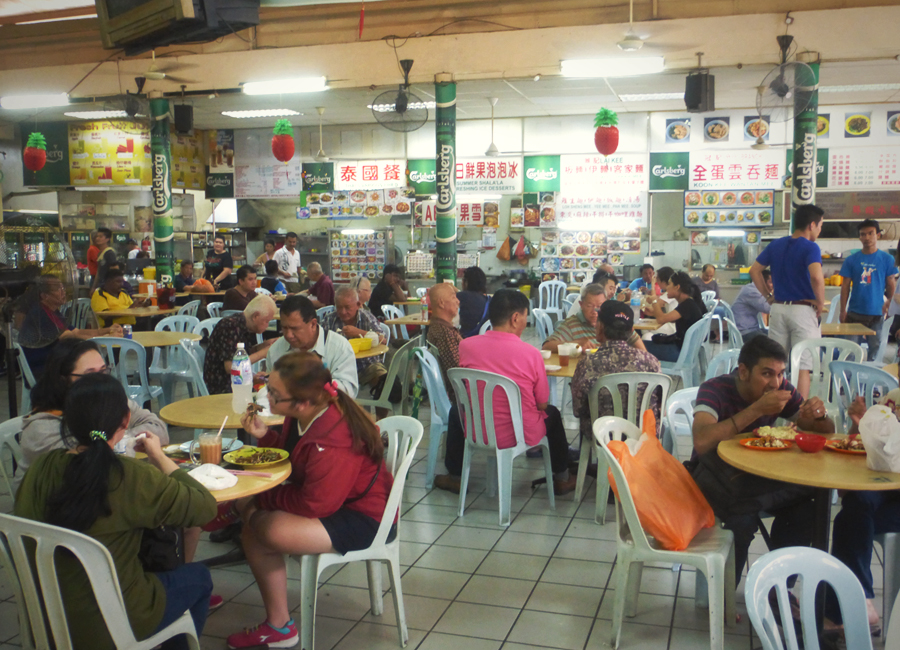
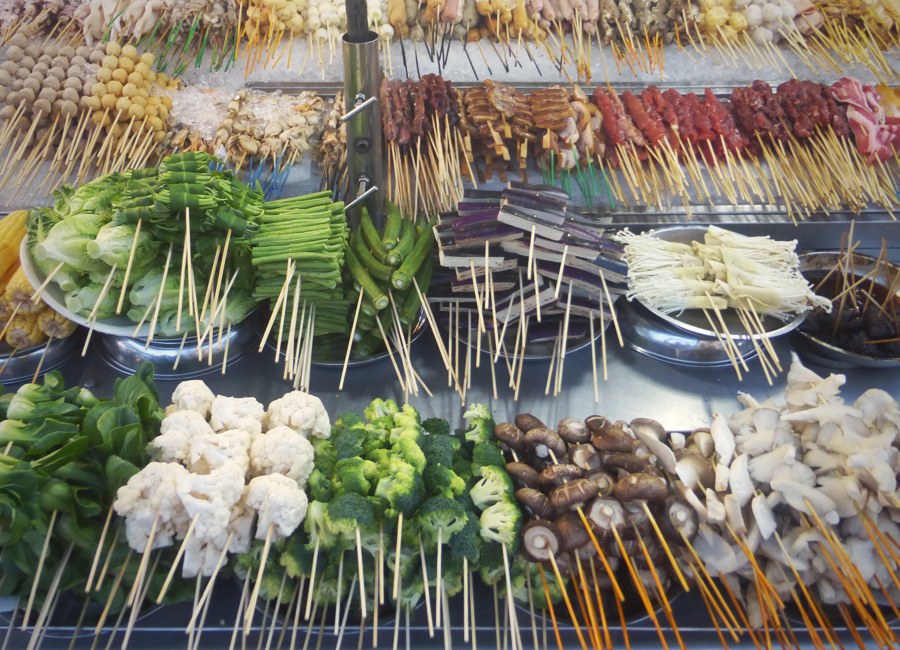
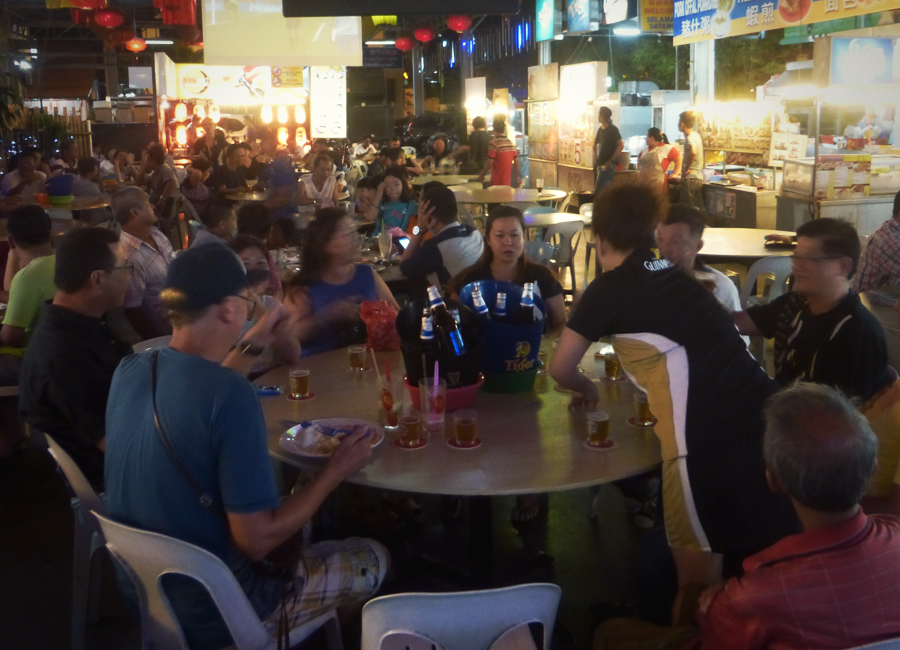
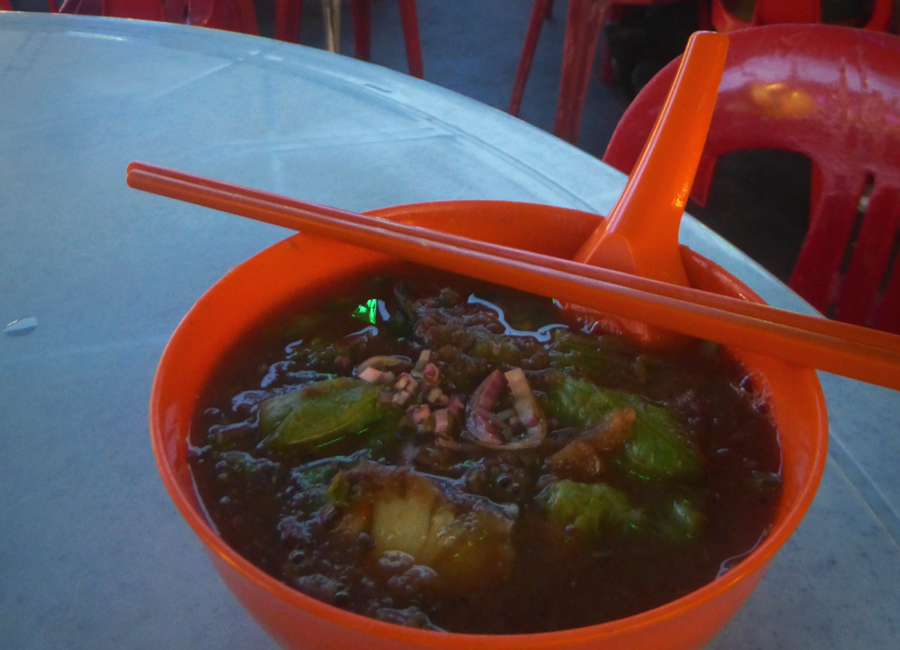
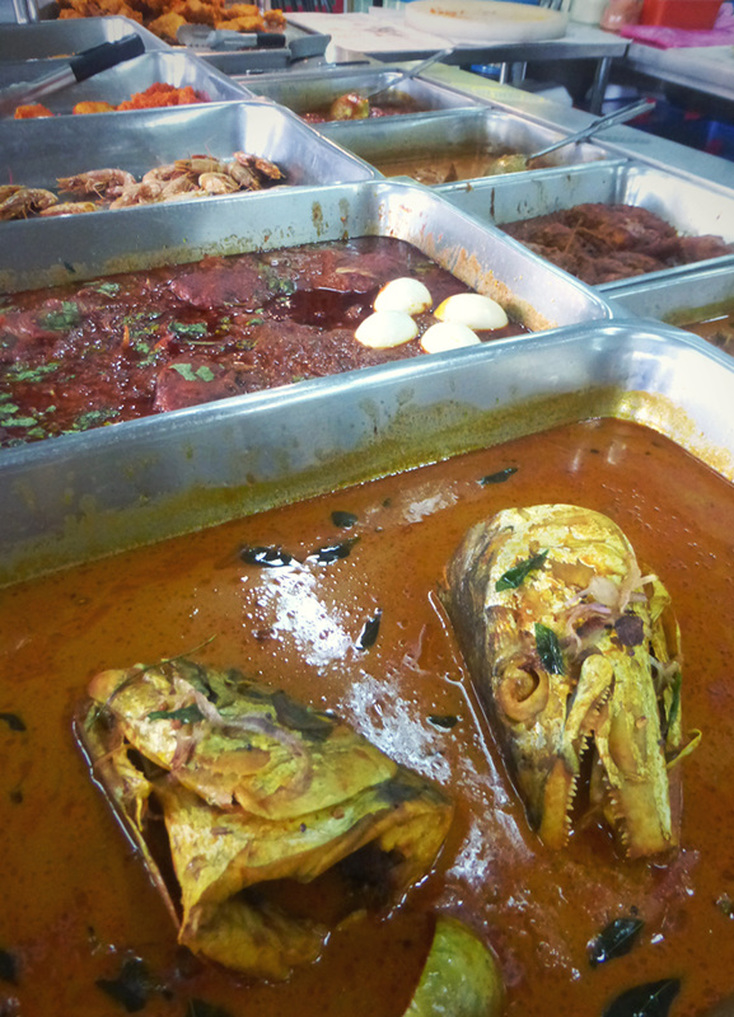
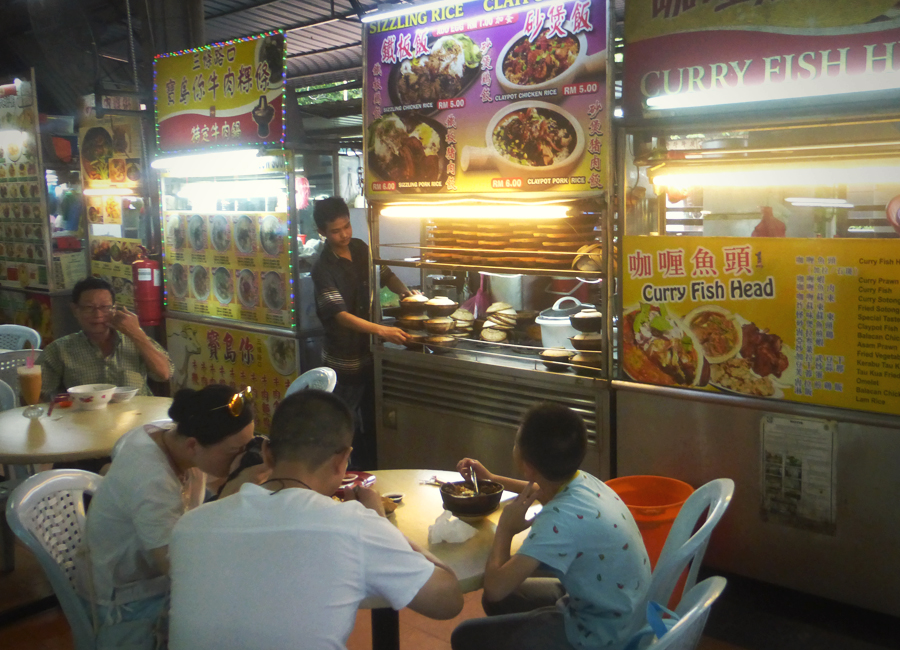
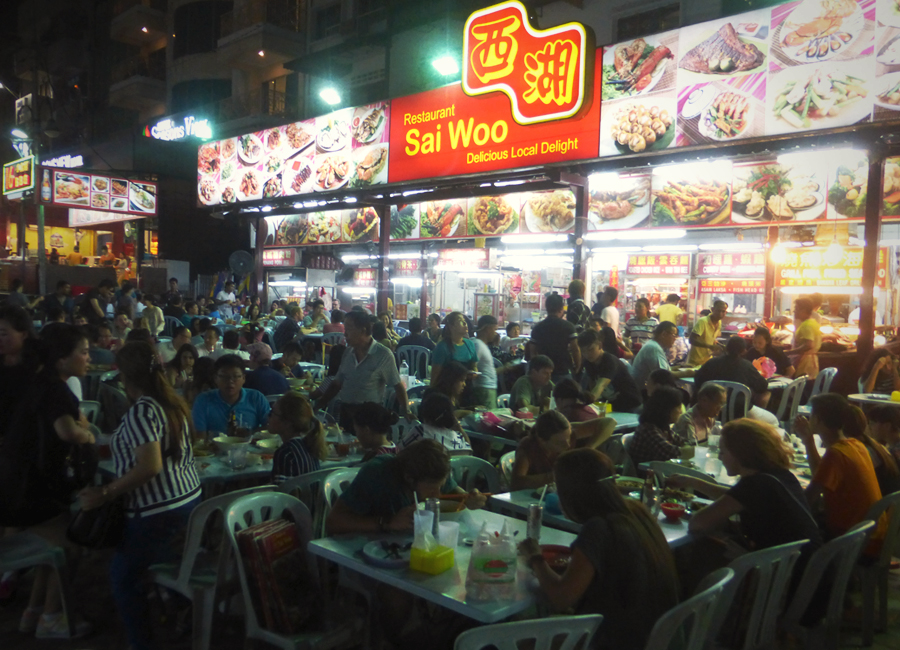
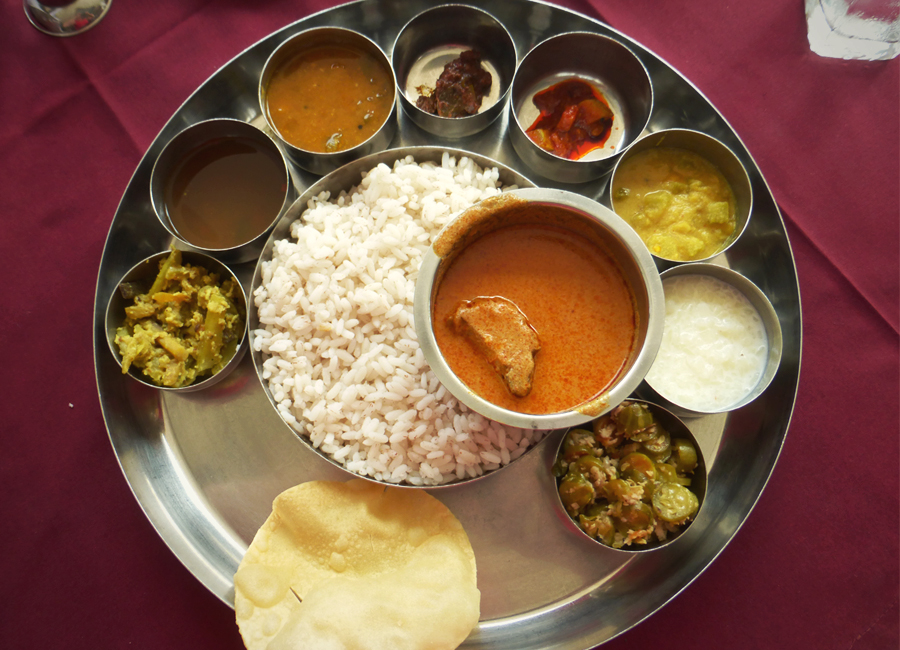
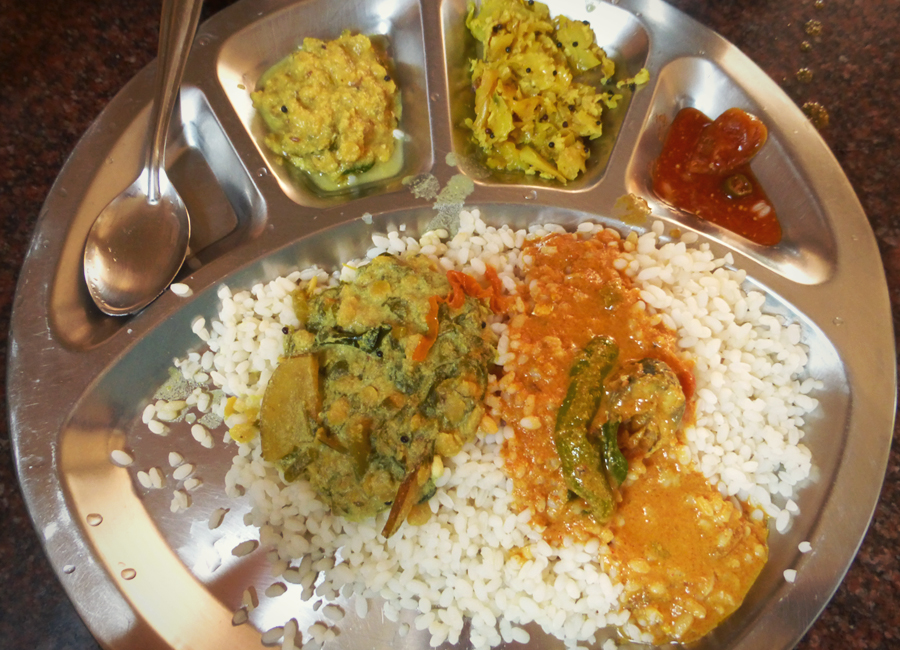

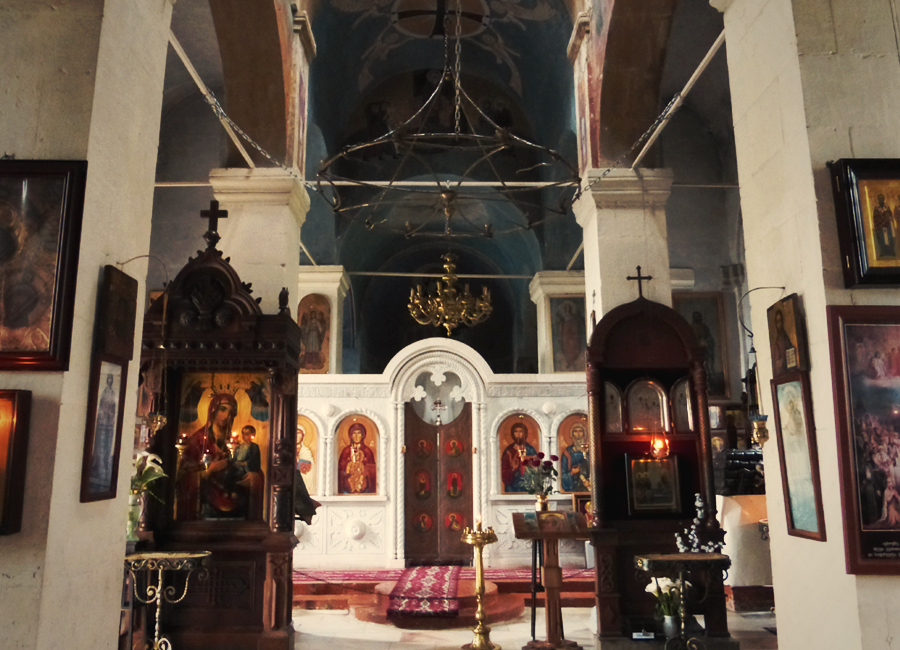
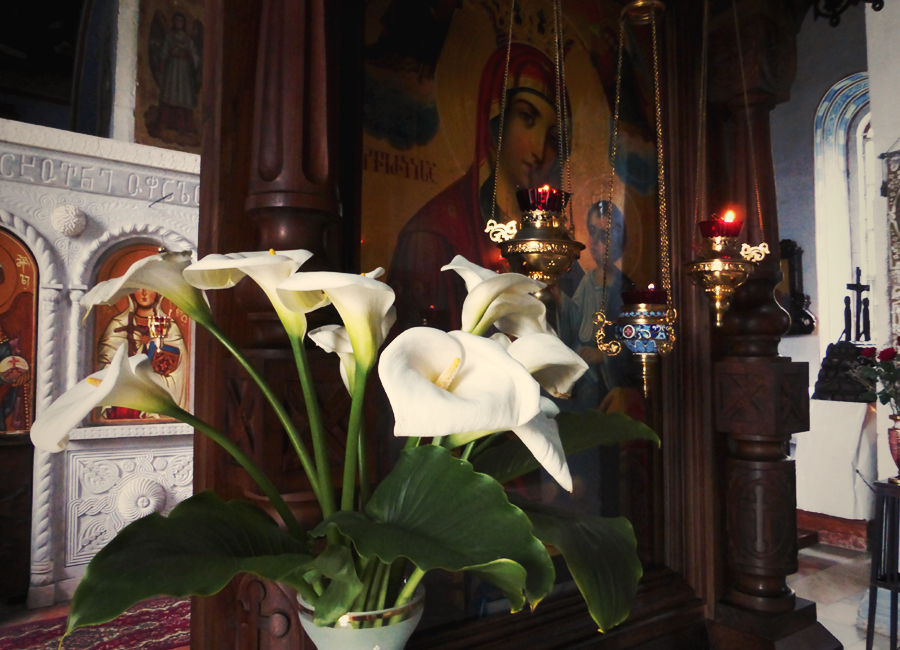
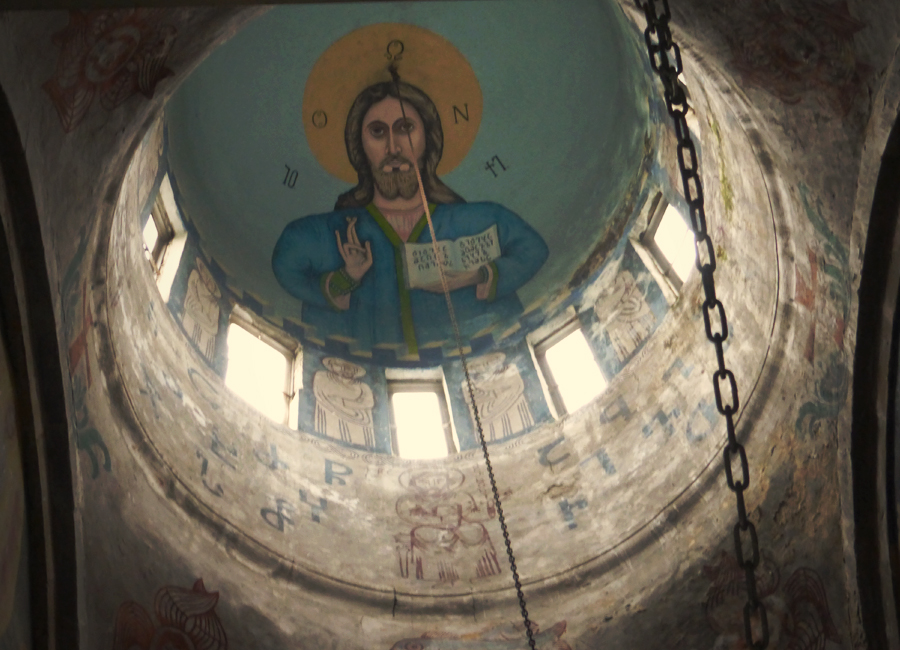
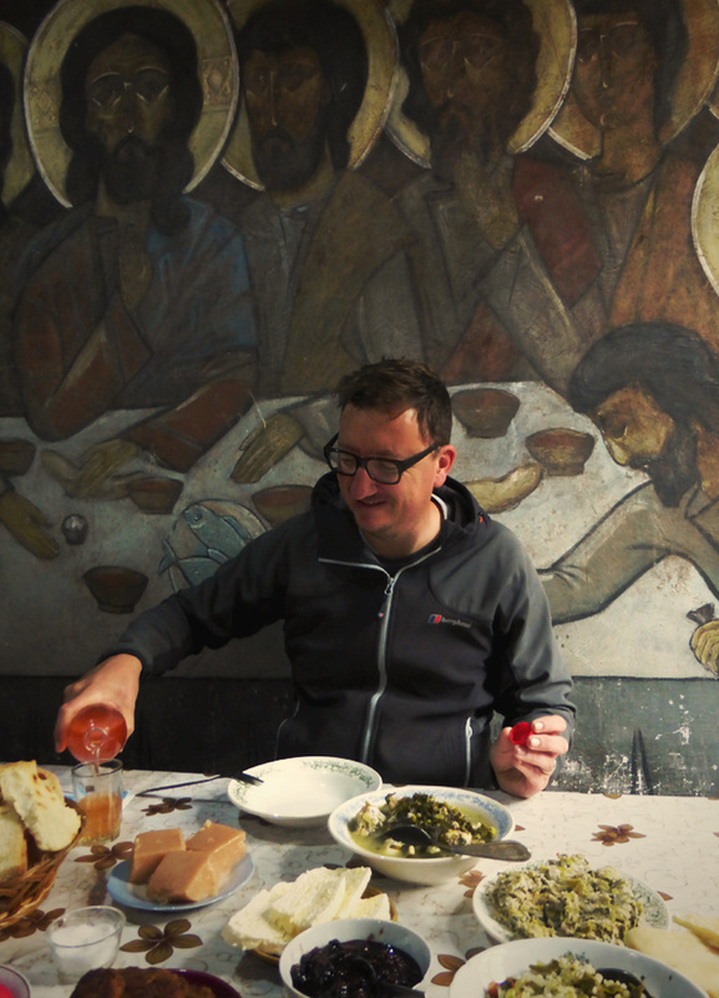
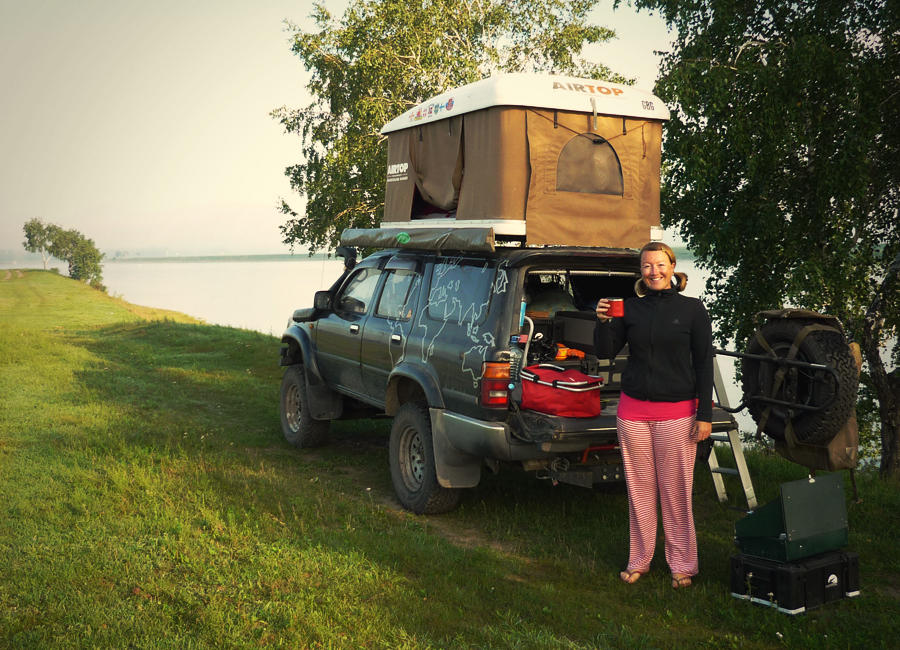


 RSS Feed
RSS Feed